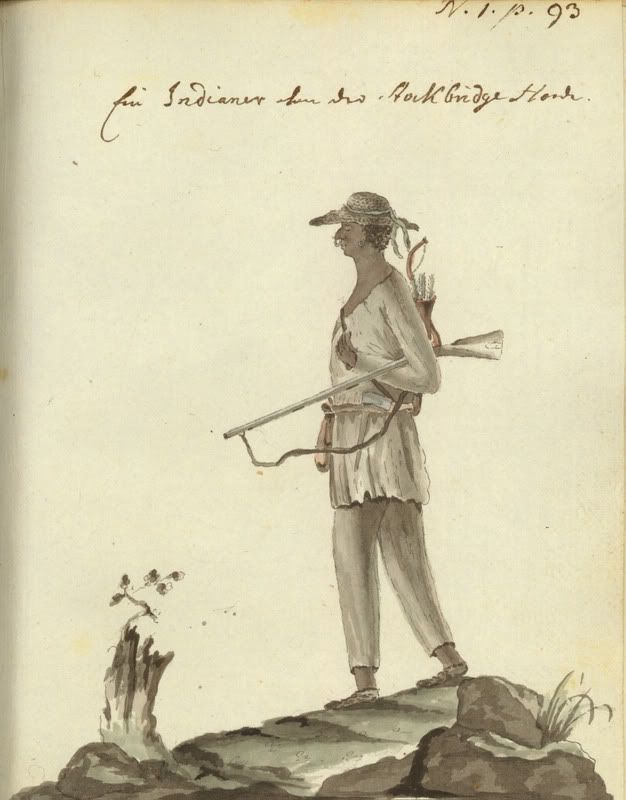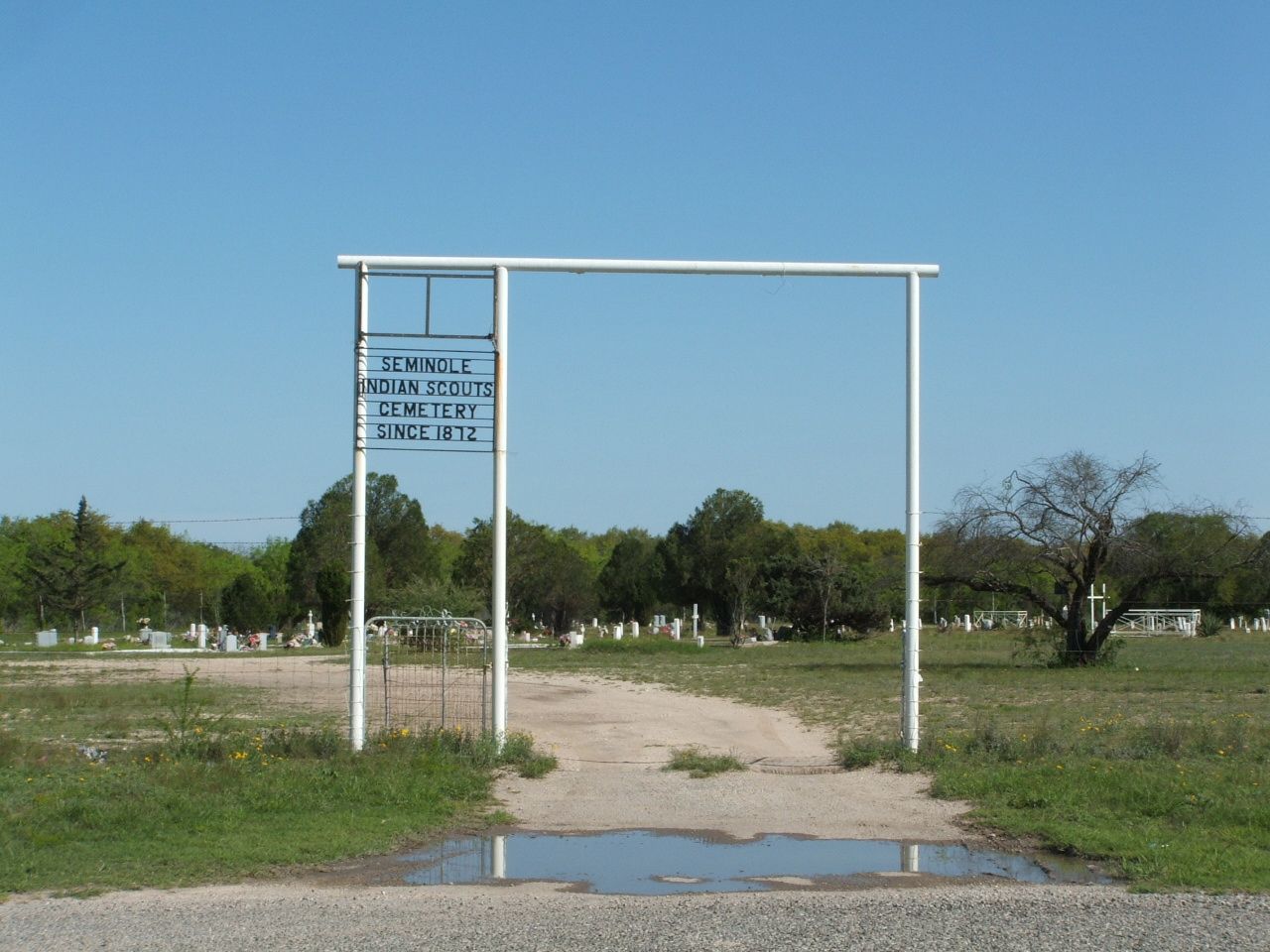Birdwatcher
45 Cal.
- Joined
- Dec 25, 2003
- Messages
- 643
- Reaction score
- 7
Reading deeper into Frontier History one finds repeated references to a phenomenon mostly ignored in popular convention; that being the fact that many of the most skilled riflemen on the Frontier were Indians.
This quote from Carl P. Russel's classic "Firearms, Traps and Tools of the Mountain Men" (pub. 1966)
Some of the testimony regarding the Indians' use of the rifle against white adversaries is contained in the writings of participants in the Seminole War, which started in 1835.
Woodburne Potter, a staff officer in the U.S. forces under General Gaines, tells of examining the body of a hostile Indian killed on the Ouithlacooche River in February 1836. The Indian's rifle had been carried away by fleeing Indians, but "50 or 60 rifle bullets" were still on his body.
"The U.S. rifle throws a ball nearly 400 yards, but even in the hands of a good marksman it does not often hit a man at 120 yards. The Indian rifles, generally, seem to be much more accurate."
Bosworth quotes General Gaines's report to the War Department declaring that entrenched U.S. sentries were wounded, even killed, by single shots from the Seminole rifles at 400 yards.
This using technology with which even 300 yard hits were considered exceptional, and have been widely celebrated on those occasions where our guys pulled 'em off.
Birdwatcher
This quote from Carl P. Russel's classic "Firearms, Traps and Tools of the Mountain Men" (pub. 1966)
Some of the testimony regarding the Indians' use of the rifle against white adversaries is contained in the writings of participants in the Seminole War, which started in 1835.
Woodburne Potter, a staff officer in the U.S. forces under General Gaines, tells of examining the body of a hostile Indian killed on the Ouithlacooche River in February 1836. The Indian's rifle had been carried away by fleeing Indians, but "50 or 60 rifle bullets" were still on his body.
"The U.S. rifle throws a ball nearly 400 yards, but even in the hands of a good marksman it does not often hit a man at 120 yards. The Indian rifles, generally, seem to be much more accurate."
Bosworth quotes General Gaines's report to the War Department declaring that entrenched U.S. sentries were wounded, even killed, by single shots from the Seminole rifles at 400 yards.
This using technology with which even 300 yard hits were considered exceptional, and have been widely celebrated on those occasions where our guys pulled 'em off.
Birdwatcher







